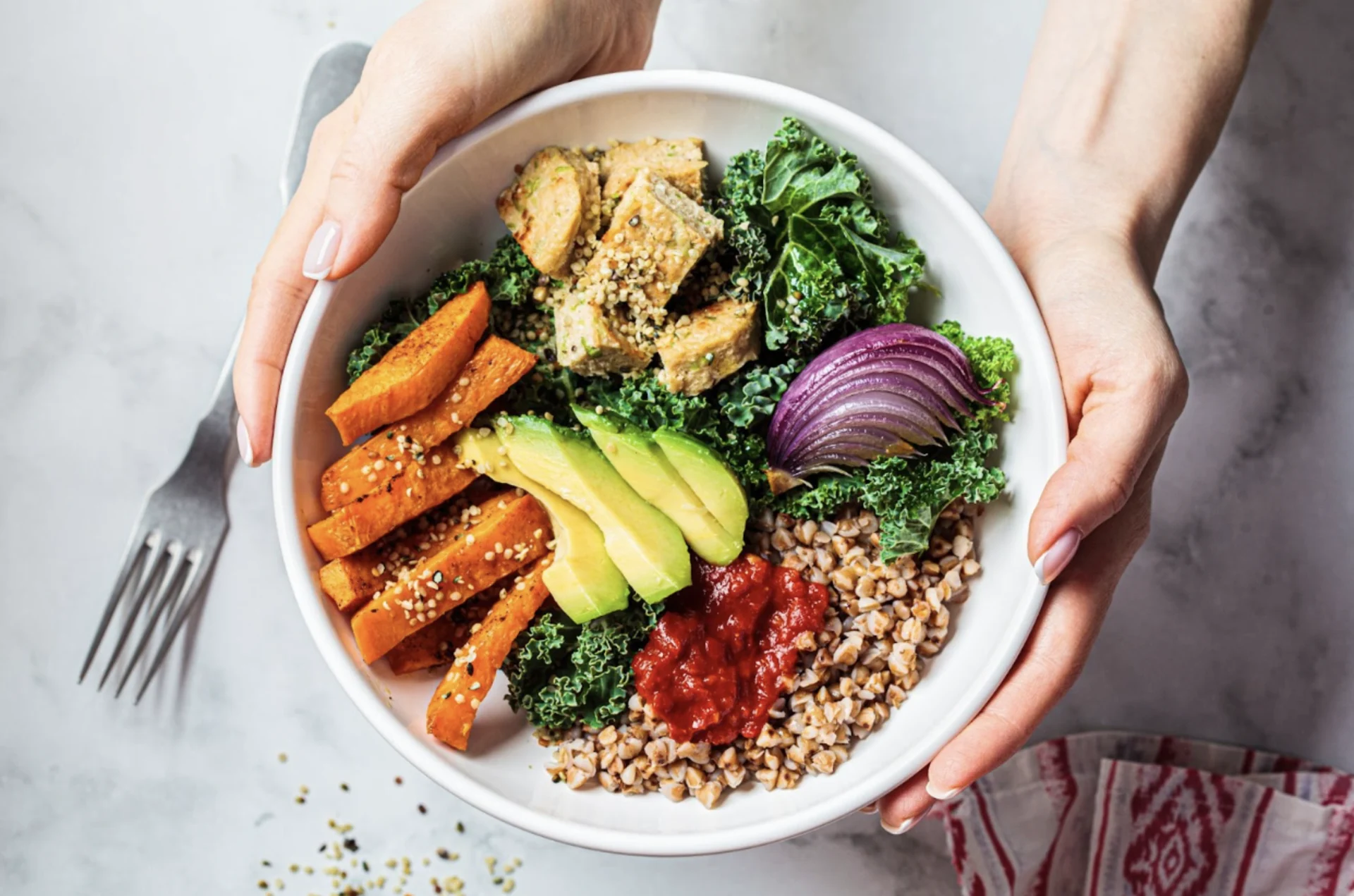
Fight flu season with nature: Four immune-boosting foods to try this fall
These immune-boosting vitamins will transform your meals into flu-fighting machines
As fall arrives with its stunning colours, it also brings the dreaded cold and flu season. But did you know your grocery list can serve as your first line of defence?
Discover how to turn your meals into powerful, flu-fighting feasts packed with nutrients that can naturally help you fend off illness. According to holistic nutritionist Marlow Salhany, maintaining a balanced diet rich in whole foods is crucial during the colder months when our immune systems are more vulnerable.
“It’s essential to ensure our bodies get the key nutrients needed to support the immune system,” explained Salhany. “We’re focusing on four vital vitamins for this purpose.”
Top Four Immune-Boosting Vitamins
Vitamin C
Daily recommended intake of vitamin C, on average for adults, is 75–90 mg.
“Vitamin C is crucial for our immune system, supporting white blood cell and antioxidant production, which helps in recognizing, neutralizing, and fighting infections,” Salhany explained.
While citrus fruits like lemons, limes, oranges, and grapefruits are well-known sources, Vitamin C is also abundant in berries, potatoes, red peppers, and leafy greens. For instance, an orange contains about 70-90 mg of vitamin C, while a medium-sweet red pepper packs around 95 mg.
Give this a try: Begin your day with Greek yogurt topped with fresh berries, and for dinner, enjoy a red pepper-inspired fall salad drizzled with a lemon juice dressing. It’s a delicious way to boost your vitamin C intake throughout the day.
Zinc
Daily recommended intake of zinc, on average for adults, is 8–11 mg.
“Zinc also promotes our white blood cell production as well as the maturation of our T cells, and this is crucial for adapting and then fighting infection effectively. So you can find zinc in things like oysters and other meat products, like beef, chicken, and pork. You can also find it present in nuts and seeds and legumes like chickpeas and lentils specifically,” Salhany explained.
Whether you're a meat eater or a vegetarian, you can easily get your zinc this fall, thanks to the wide variety of zinc-rich foods available in different food groups.
Give this a try: Start your day with savoury pork sausages, and for dinner, enjoy a delicious chicken dish paired with a side of roasted garlic chickpeas.
Vitamin D
Daily recommended intake of vitamin D, on average for adults, is 15 mcg or 600 IU.
As fall sets in and daylight hours dwindle, our exposure to sunlight—and consequently, vitamin D—decreases. So, how can we make up for this loss?
“Even though the sun is not as bright in our colder seasons, we can definitely still get some sun exposure and vitamin D through the clouds. However, through food sources, we can find vitamin D present in things like fatty fish, cod liver oil, beef, eggs, and cheese,” explained Salhany.
Give this a try: Start your day with a delicious egg and cheese omelet, and for dinner, savour a hearty beef and butternut squash stew. Both meals are rich in vitamin D and perfect for warming up this fall.

Hearty beef and butternut squash stew. (Getty Images stock photo)
Vitamin E
Daily recommended intake of vitamin E, on average for adults, is 15 mg.
“Vitamin E is considered an antioxidant that helps fight free radicals. Free radicals are just unstable molecules that can cause a lot of stress to the body, just making you more prone to infection. So you can find vitamin E present in things like fish, nuts, seeds, and leafy greens,” explained Salhany.
Give this a try: Start your day with a nut and seed-packed granola bar, and for dinner, savour fatty fish with a side of cooked leafy greens. This combination helps you soak up plenty of Vitamin E.

Fish high in vitamin E include Atlantic salmon. (Getty Images stock photo)
While food is a powerful way to boost your immune system, incorporating holistic practices into your daily routine can further support your well-being.
“We definitely want to prioritize daily movement and adequate hydration. This is to maintain optimal immune function as well as support our detox pathways. Secondly, we really want to focus on stress management. Chronic stress decreases our white blood cell production, which, as we know, are important in fighting infection,” explained Salhany.
There are many ways to practice stress management, but two key morning rituals to focus on are sun exposure and fresh air. Both can help reduce cortisol, our stress hormone. Equally important is sleep, which plays a crucial role in the repair and regeneration of immune cells that help us fight infections.
As we move deeper into fall, remember, the food you put on your plate can make a big difference in helping you combat the cold and flu season. Have a happy fall with these natural and healthy habits!










